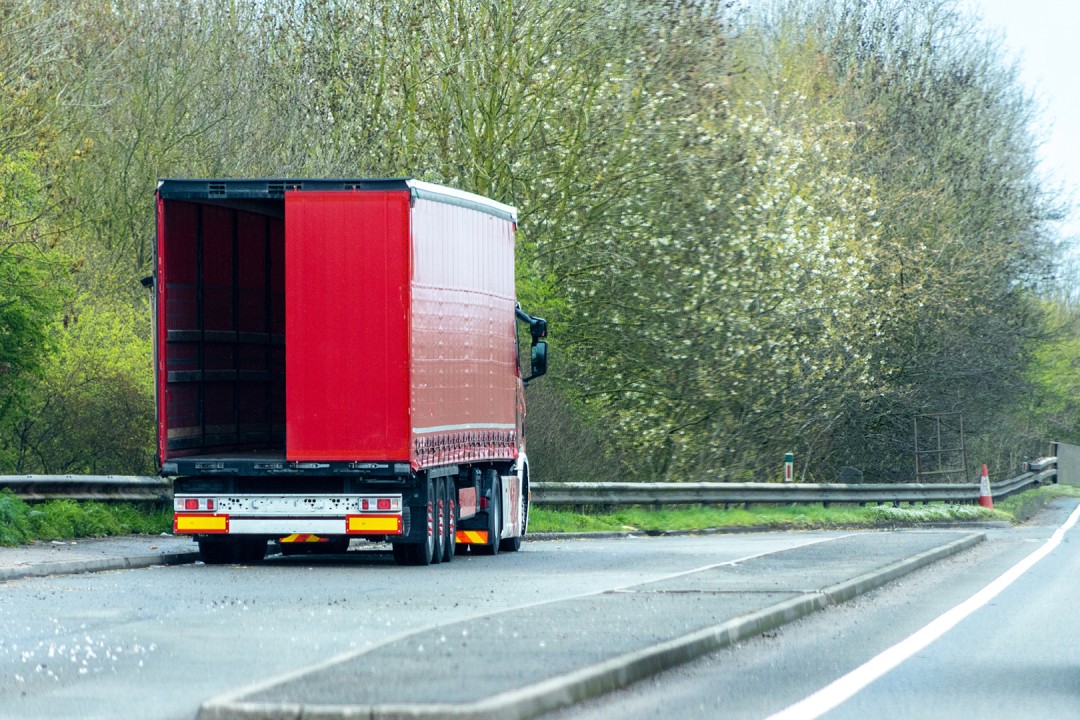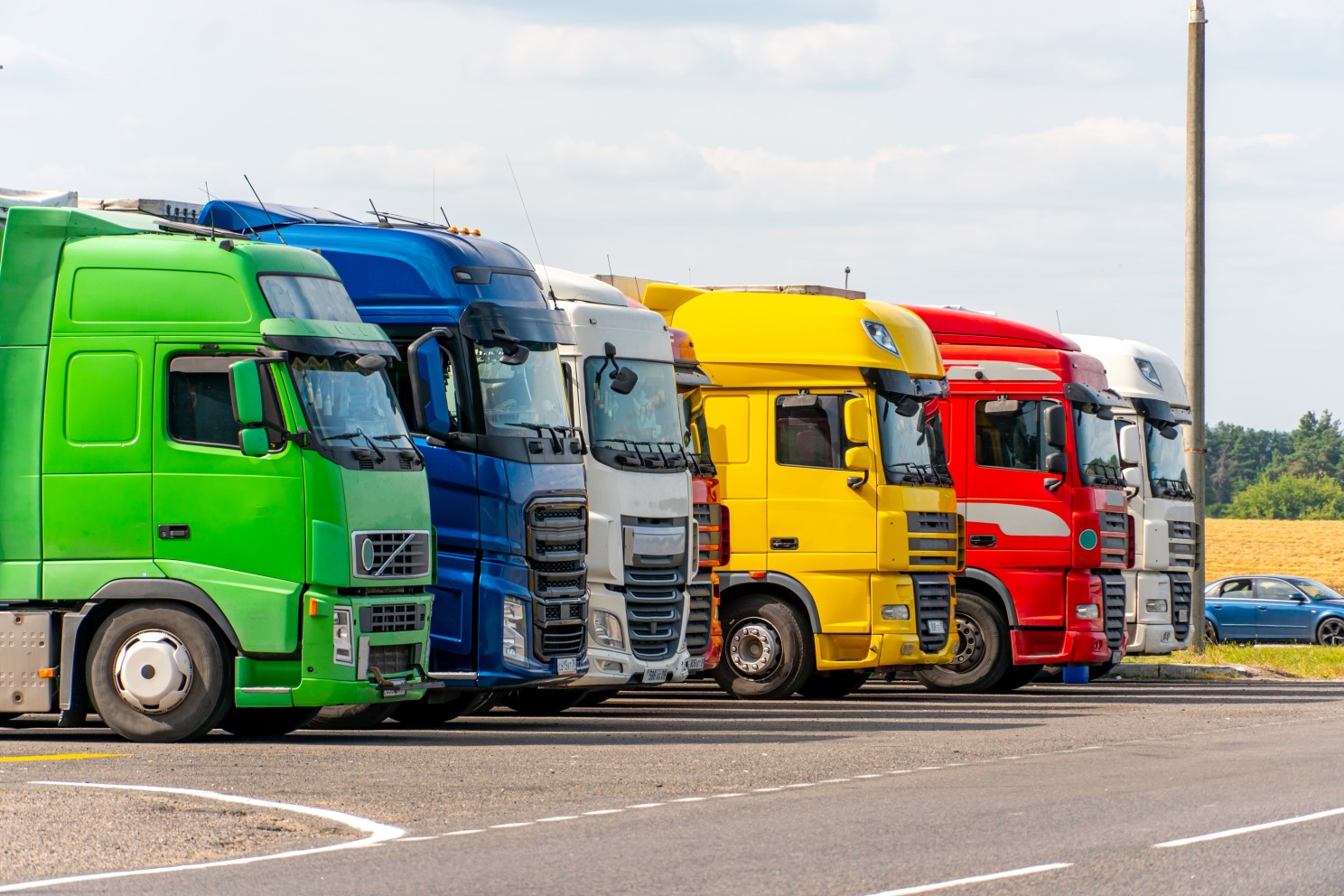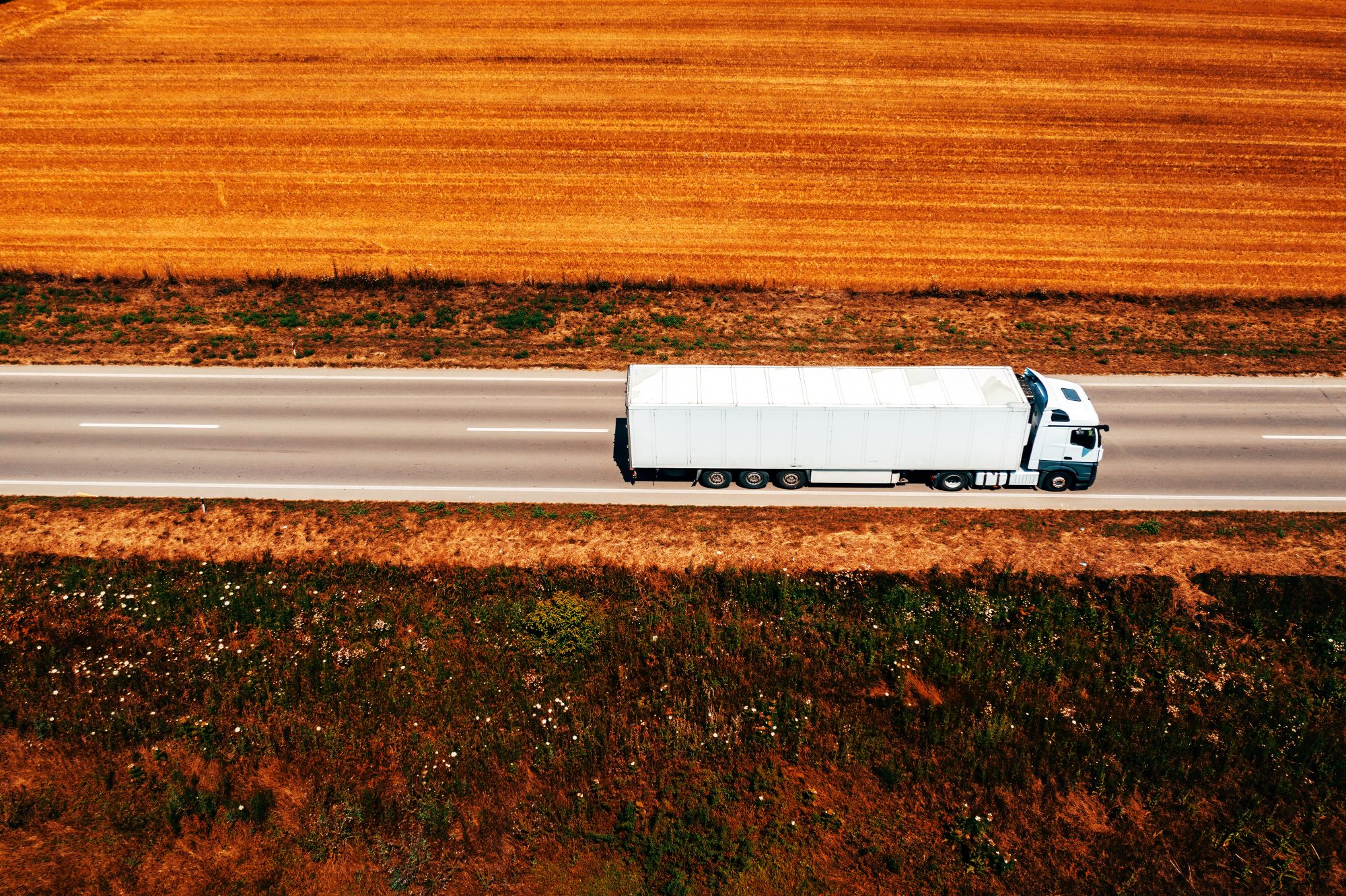
Susie Jones
Водители выбирают стоянки вместо станций техобслуживания
Создано: 19.08.2024
•
Обновлено: 19.08.2024
В 2022 году в Великобритании было зарегистрировано более 5 000 сообщений о преступлениях, связанных с грузоперевозками, что привело к потере примерно 66 миллионов фунтов стерлингов. Рост преступности в сфере грузоперевозок представляет собой серьезную угрозу для цепочек поставок, предприятий и потребителей, вызывая серьезную озабоченность у тех, кто работает в сфере грузоперевозок.
Согласно отчету, опубликованному полицией Кембриджшира, 46 % всех краж грузов происходят на улицах и парковках, а 27 % - на станциях техобслуживания. Несмотря на это, социальный мониторинг показывает, что многие водители продолжают парковаться на стоянках по разным причинам.
Проблемы с парковкой на обочине
Для водителей ночная стоянка на обочине часто является наиболее простым и экономичным вариантом. Однако у него есть несколько недостатков, которые могут негативно сказаться на психическом здоровье и безопасности водителя.
Удобства - Водителям необходимо больше удобств, таких как туалеты, душевые и еда. Отсутствие чистых помещений может усилить дискомфорт и негативно сказаться на сне, концентрации и психическом здоровье.
Безопасность водителя - Парковка на обочине представляет собой дополнительный риск для безопасности водителя. Исследование, проведенное [AA] (https://www.transport-network.co.uk/Highways-AA-warns-of-danger-lurking-in-lay-bys/7695#:~:text=The%20Too%20close%20for%20comfort,the%20vehicles%20that%20are%20hit.), показало, что две трети смертельных аварий с участием неподвижных автомобилей на двухполосных дорогах произошли на стоянках, причем более половины столкнувшихся автомобилей были большегрузными.
Кражи грузов - В июне-июле 2023 года в отрасли наблюдался 380% рост краж грузов, что подчеркивает необходимость безопасных и надежных парковок. Поскольку оппортунистические воры выбирают стоянки, водители рискуют потерять свой груз, а автопарки - миллионы фунтов стерлингов.
Почему водители паркуются на стоянках
Несмотря на риски, социальное исследование, проведенное через Facebook, показало, что 70 % водителей не склонны выбирать парковку для грузовиков вместо стоянки на обочине по нескольким причинам:
Безопасность
По отзывам в социальных сетях, 43 % водителей грузовиков предпочитают не парковаться на стоянках или станциях техобслуживания из-за отсутствия мер безопасности.
"Я паркуюсь только на парковках или в промышленных зонах. Когда я паркуюсь на стоянках, мне срезают шторы", - говорит водитель грузовика Люк.
Безопасность и надежность стоянок для грузовиков по всей Великобритании стала горячей темой для обсуждения в индустрии грузоперевозок - водители требуют от правительства дополнительной поддержки для обеспечения дополнительных систем безопасности. Судя по предыдущим отзывам, водители хотели бы, чтобы HGV levy был инвестирован в более безопасные, санитарные и доступные парковки.
По данным социальных сетей, 59 % водителей грузовиков заявили, что в Великобритании не хватает безопасных и надежных стоянок для грузовиков по сравнению с Европой. Это мнение подтверждается отзывами участников [SNAP's Truck Park Tour] (https://snapacc.com/truckpark-tour-2023/), где 31 % европейских водителей заявили, что они получили наибольшую выгоду от доступа к эксклюзивным, безопасным местам SNAP. Организация по обеспечению безопасности TAPA широко признана в Европе - многие пункты имеют сертификаты 1, 2 или 3 уровня.
В Великобритании, напротив, всего два заведения имеют сертификацию TAPA - их аккредитовали уполномоченные аудиторы SNAP PSR уровня 3. Formula Services и The Red Lion имеют сертификацию 3-го уровня, при этом в The Red Lion было зарегистрировано одно правонарушение, а в Formula Services - ни одного, несмотря на расположение в районе с высоким уровнем преступности.
Маркус Принц, старший менеджер по стандартам, обучению и сертификации TAPA, поясняет: "Мы полностью поддерживаем все мероприятия по обеспечению эффективной и безопасной инфраструктуры стоянок для грузовиков и повышению безопасности водителей, транспортных средств и грузов. Предоставляя открытую экосистему для технической и экономической оптимизации безопасной парковки грузовиков, мы считаем, что переход к безопасной парковке грузовиков может быть ускорен".
Нежелание компании
30 % водителей заявили, что их автопарки не желают оплачивать услуги автостоянок или станций техобслуживания. Один из водителей пояснил:
"К сожалению, все меньше компаний платят за ночную парковку, объекты остаются открытыми, сокращая персонал, чтобы оплатить счета, а парковок становится все меньше".
Остановки грузовиков с максимальной загрузкой
"Вы можете определить, на каких остановках есть охрана, так как к 6 вечера они заполнены".
70 % водителей высказали свое недовольство тем, что охраняемые стоянки грузовиков заполнены до отказа, и им не остается ничего другого, как парковаться на стоянке. Отзывы, полученные в ходе тура по автостоянкам, свидетельствуют о схожих настроениях: многие водители выражали свою обеспокоенность тем, что британские стоянки заполнены еще до прибытия.
Данные опроса TfL о парковках для грузовиков в 2022 году показывают, что, несмотря на увеличение вместимости на 12 % в период 2017-2022 годов, этого недостаточно для обеспечения 21 %-ного увеличения количества транспортных средств за тот же период.

Сокращение ночных стоянок на парковках
Государственное финансирование
18 % водителей хотели бы, чтобы правительство выделило больше средств на поддержку систем безопасности. В сентябре 2023 года Министерство транспорта выделило 8 миллионов фунтов стерлингов 39 придорожным объектам по всей Англии для улучшения условий и безопасности. Команда SNAP по вопросам доступа и безопасности начинает оказывать поддержку компаниям, получившим финансирование, реализуя их усовершенствования. Дальнейшее финансирование в размере до 100 миллионов фунтов стерлингов доступно до 2025 года в соответствии с правительственной схемой финансирования.
Установка систем безопасности
Чтобы обеспечить водителям грузовиков безопасную и надежную зону, автостоянки могут инвестировать в надежные системы безопасности - такие продукты, как CCTV, ANPR, переговорные устройства, шлагбаумы и киоски, укрепляют безопасность объекта и препятствуют преступной деятельности. Компания SNAP Access & Security сочетает индивидуальные продукты безопасности и опыт работы на рынке для защиты людей, транспортных средств и содержимого автостоянок.
Могут ли водители грузовиков спать на обочине дороги в Великобритании?
С 1 ноября 2017 года DVSA ввела новые правила и положения, касающиеся отдыха водителей в таких местах, как жилые районы и обочины. Водители могут быть оштрафованы на сумму до 300 фунтов стерлингов, если они проведут свой перерыв на стоянке или на обочине дороги.
Как водителям грузовиков не заснуть за рулем?
Водители грузовиков должны соблюдать правила использования тахографа для своей безопасности и безопасности всех остальных участников дорожного движения. Цель тахографа - предотвратить усталость водителя и обеспечить соблюдение правил водителями и работодателями.
Несмотря на это, предотвращение скуки и усталости в дороге является сложной задачей для многих водителей и может повлиять на их самочувствие. Большинство водителей предпочитают слушать музыку и подкасты в дороге и предпочитают общаться с другими водителями на остановках и станциях техобслуживания.
Разрешено ли водителям грузовиков иметь пассажиров в Великобритании?
Средний водитель грузовика проводит за рулем около 12 часов в день. Чтобы бороться с одиночеством и скукой, водители могут перевозить пассажиров, если они следуют определенным правилам, установленным FMSCA. Водители должны получить письменное разрешение от своей компании, подав заявление на перевозку пассажиров - в этом заявлении должны быть указаны продолжительность поездки и даты.
Общие требования таковы: - Пассажиры не должны быть беременными
Они не должны страдать от тяжелых или хронических заболеваний
Им должно быть десять лет или больше
Медицинская страховка обязательна.



